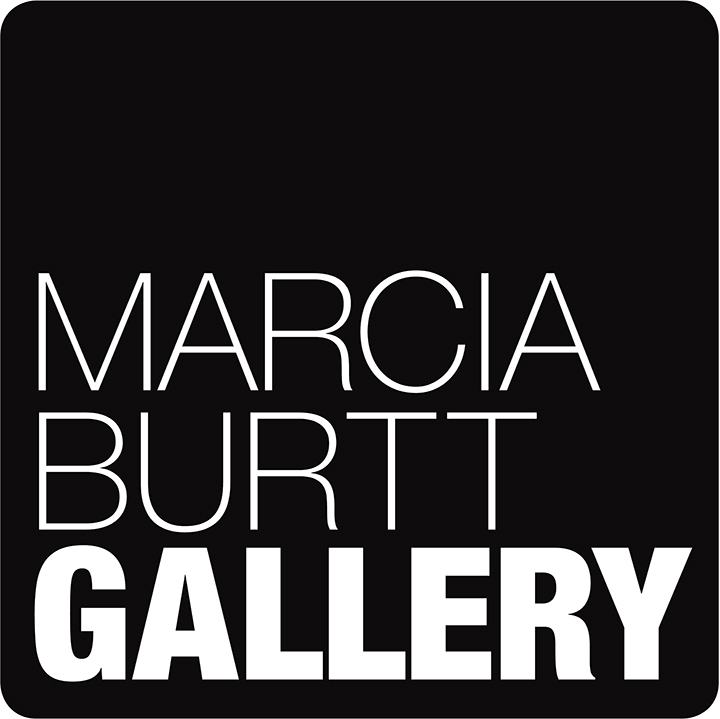Up close
Our gallery artists spurn wide angles for cropped compositions, centered subjects, and shallow spaces. Close focus allows them to create studied explorations of botanical beauty and tranquil moments.
Anne Ward
Garden Subtraction
16x16 in.
oil
purchase online
A flower painting by Anne Ward is both still life and self-portrait. She grew the flowers, designed the tablecloth, created the arrangement, and painted the tableau in her home. Farm to canvas.
Susan Petty
Vestige
graphite
16×21.5 in.
purchase online
In the graphite drawing Vestige, Susan Petty memorializes a tree stump. She ennobles the remainder with time-intensive cross-hatched lines, dramatically leaving the bottom half of the paper blank to depict cast light. With the larger landscape cropped out, the emphasis is entirely on the stump, allowing the viewer to fill in the tree that was.
Marcia Burtt
Cathedral Plaza--Looking East
10 x 18 in.
acrylic
purchase online
Marcia Burtt visits two tourist destinations, but they live outside the canvas in Near the Abbey and Cathedral Plaza––Looking East. The abbey’s narrow road and the cathedral’s alley hint at what’s beyond, but walls hem in the space. Unfrequented, away from the crowds, Burtt creates a capilla abierta, an open chapel, to commune with her paints.
Marcia Burtt
Near the Abbey
acrylic
16x12 in.
purchase online
Dana Hooper
Abode
4x4 in.
oil
purchase online
Every detail matters with a 4x4 canvas. Counterintuitively, Dana Hooper depicts most of the cottage in dark grey shadow. Creamy whites, yellows, and oranges illuminate the sides, a dramatic use of chiaroscuro in miniature for a humble abode.
Robert Abbott
Rincon Looking South
oil
12 x 14 in.
purchase online
Rincon Mountain looks like a hill in Robert Abbott’s Rincon Looking South. The tiny marks for trees indicate size and distance. But with his straight-on view and thick paint, he pulls the focus to the surface and brings the peak within reach.
Patricia Doyle
Choppy Night
acrylic
12×12 in.
purchase online
Patricia Doyle’s Choppy Night is not about a suspended moment but an entire night. Her dynamic brush strokes convey the waves, the shadow, the light, and time.
Marilee Krause
Gymnopedie 3
watercolor
11×10 in.
purchase online
An orange flower appears and dissolves into the surrounding washes in Marilee Krause’s Gymnopedie 3. Petals and stems are alluded to with an outline and staccato pencil marks. The dance of the title poetically refers to the flower depicted but is also a documentation of Krause’s performance of brush strokes and lines.
Randall David Tipton
November Leaves
oil
12x12 in.
purchase online
Randall David Tipton’s paintings retain evidence of his experiments. The slick paper resists precise markings. His paint application suggests where it should be, often pooling into happy accidents. He unites form and function with November Leaves; falling petals reveal bare branches and nature beyond our control.
—Cynthia Stahl
